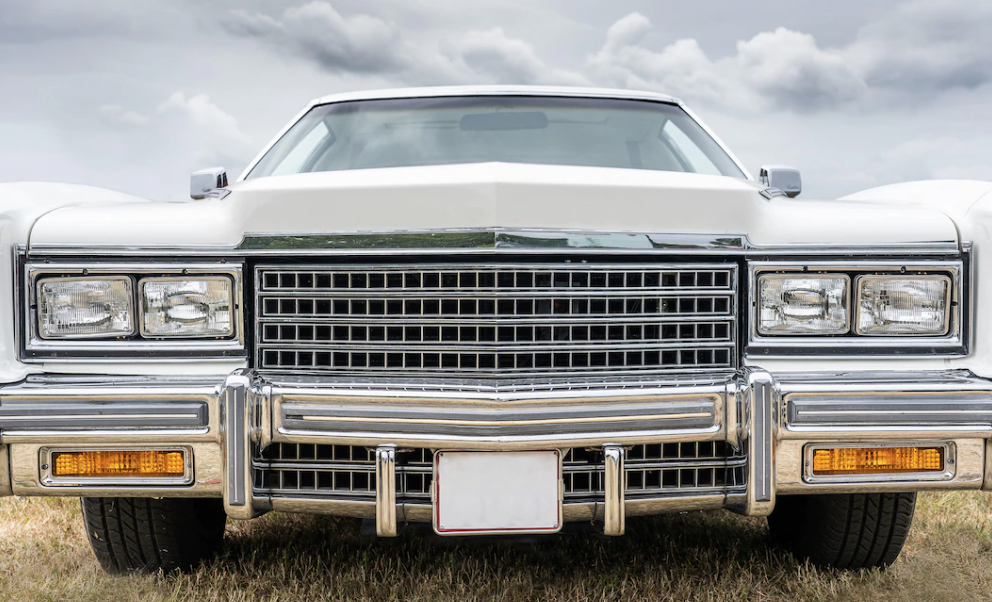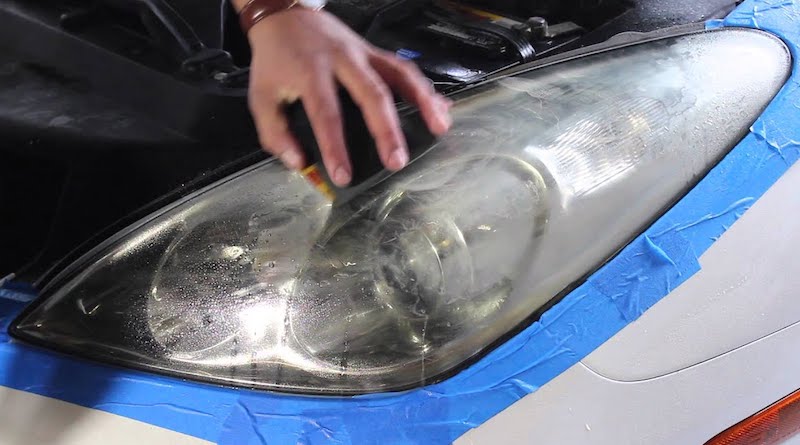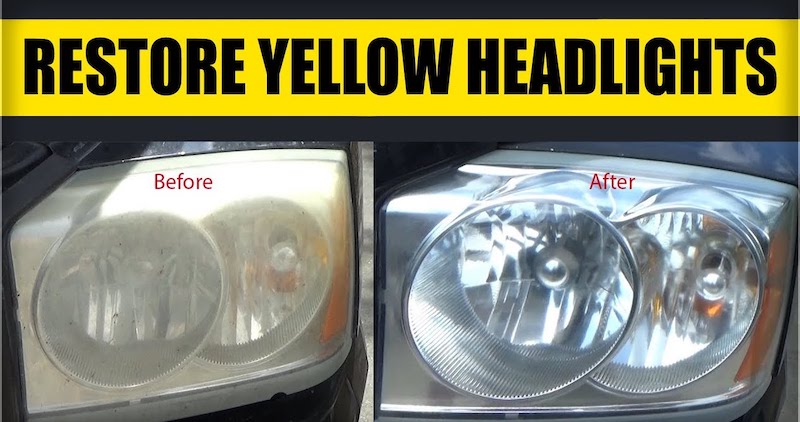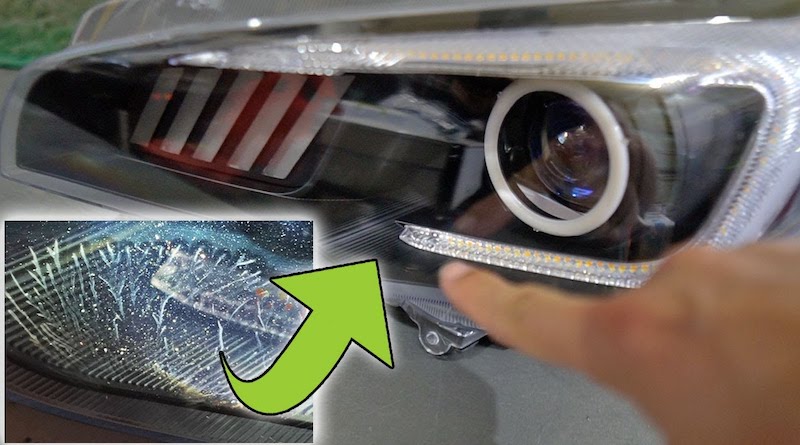When Was the Headlight Invented? The History of Headlamps

The headlights we have today are a result of years of innovation and technological advancement. Just like cars, they have greatly improved to become what they are. The very first headlights were not what we see today.
The journey begins back in the 1880s when cars were just becoming mainstream. Over the years, car manufactures have worked hard to ensure they produce more light at night and perform efficiently.
1880s – Lantern Headlights
The first headlights were not really headlights. They were headlamps that used acetylene gas or oil. They produced a small flame that could withstand rain and wind. A reflective mirror allowed the light to scatter and brighten the road ahead.
This allowed the driver of the vehicle to have a relatively good view. However, the headlamps had to be cleaned often. This helped prevent the formation of caustic lime – a toxic substance that affected their performance.
1898 – Electric Headlights
The first electric headlight was invented in 1898. It was still in its development stage and did not become popular until the early 1900s. The first car to boast electric headlights was the Columbia manufactured by the Electric Vehicle Company.
The lights were offered as an option. In 1912, the first Cadillac debuted with a modern electric system that included electric headlights. Henry Ford started mass-producing vehicles in 1913, leading to the popularity of electric headlights.
1939 - Sealed Beam Headlights
By 1939, electric options had taken off and you could find them in almost every car. Unfortunately, the industry was still not standardized. This caused a lot of supply problems. The US government passed a law requiring all cars to feature round sealed beam headlights.
These were headlights that were completely sealed and could not be taken apart. If the bulb burnt out, you had no option but to replace the entire headlight. That law stuck around for more than four decades.
1983 – Composite Headlights
In 1983, the law was amended to allow car manufacturers to use non-standardized headlights and to include replaceable bulbs. This saw the entry of halogen bulbs into America. However, they were already in use in Europe from as early as 1960.
Halogen headlights are still in use today. They feature a bulb enclosed in a housing filled with halogen gas. The gas helps to improve the light output. Thanks to the changes in regulations, car manufacturers could now equip cars with brighter lights.
1990s – HID or Xenon Headlights
The 90s saw the invention of a new type of headlight called HID or Xenon. These were filled with xenon gas rather than halogen and were able to produce more light than their predecessor.
They eliminated the delays experienced when lighting a headlight in a car. The lights would reach full brightness quicker after starting the vehicle. HIDs were also more durable and provided more light temperature options.
2004 – LED Headlights
LED headlights first debuted in cars in 2004. They were first featured in the Audi A8. They have become quite popular and are the go-to choice for most manufacturers today. Unlike other headlights, they do not use a filament.
This allows them to produce more light while consuming less energy. They also last longer and are brighter. In the last decade, they have improved greatly. They give cars a sporty look while enhancing safety.
2014 - Laser Headlights
Currently, only a handful of models, such as the BMW i8 or Audi R8, come equipped with laser headlights. These headlights use much less power than LEDs (1/2 to 2/3), while emitting light that is 1000 times stronger.
The laser light on the i8 can illuminate a distance of 600 m in front of the car, which is twice as far as what you would be able to see with LED lights. The downside is that this technology is not yet widely available, so it comes at a high price point that might not fit everyone's budget.
Recent Blog Posts
November 29, 2022

One of the best solutions for fixing hazy headlights is to wet sand them. While there are other ways you can clear up your oxidized headlights, few methods work as great as wet sanding. It not only cleans the plastic lens completely but also achieves permanent results.
November 29, 2022

Headlights that have turned yellow can make a car look really old. The foggy coating that covers the headlight tends to reduce the amount of light emitted on the road. This can affect the driver’s visibility and make it hard to maneuver dark roads.
November 29, 2022

There are plenty of solutions out there when it comes to cleaning the outside of your headlights. You can easily remove the yellow coating that forms on the plastic lens using a few household products.